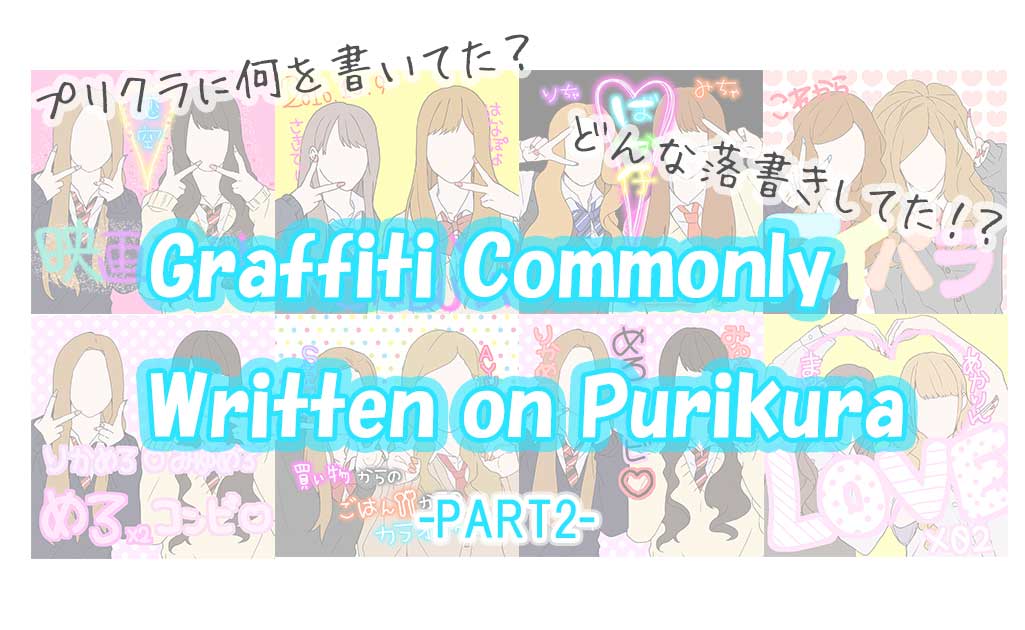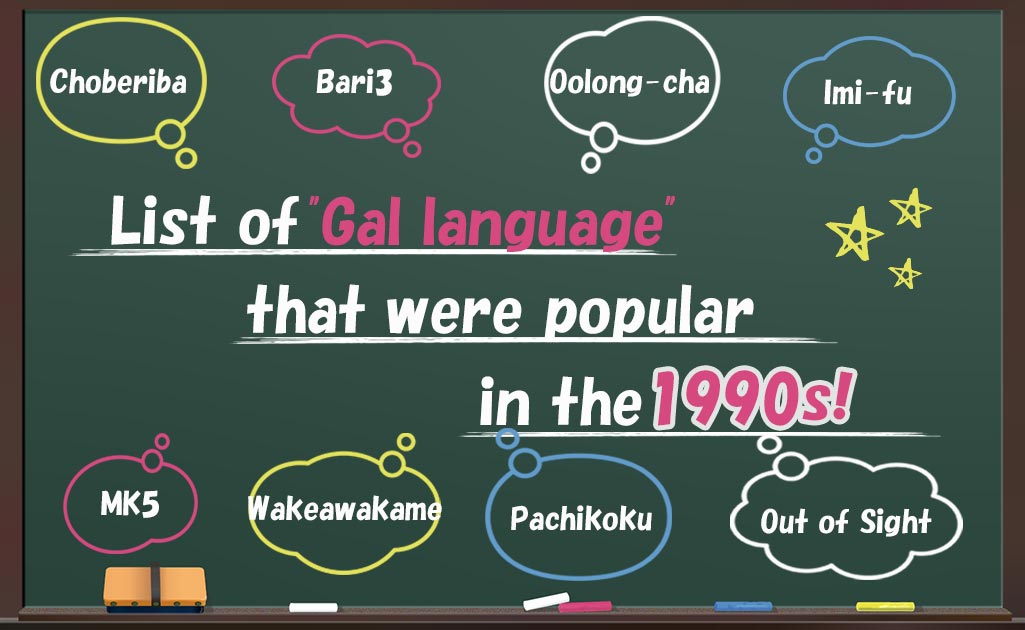In the past, first-year high school girls were referred to as "JK1" and second-year girls as "JK2," but now there are terms like "FJK" for first-year high school girls and "SJK" for second. "F" in "FJK" stands for "first," referring to first-year high school girls, and "S" in "SJK" stands for "second," referring to second-year high school girls.
Warera yuujou eikyuu fumetsunari
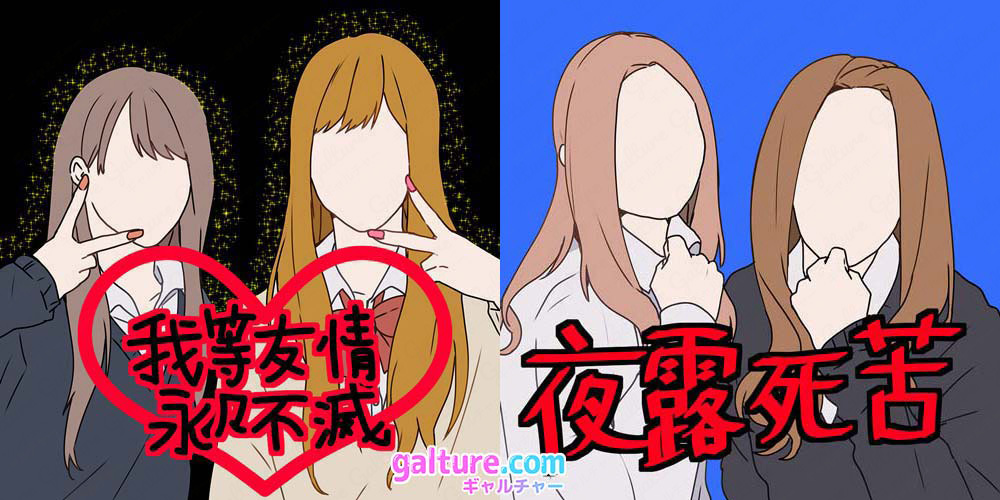
"Warera yuujou eikyuu fumetsunari(我等友情永久不滅成)" means "Our friendship is eternal."
Perhaps because he was at an age when he felt a romantic attachment to Yankees and motorcycle gangs, he frequently used phrases made of kanji such as "Yoroshiku (夜露死苦)", "Aishiteru (愛死天流)", "Sōshi Sōai (相思相愛)".
The "卍" symbol was also frequently used in conjunction with these.
Unmei-Kyoudoutai
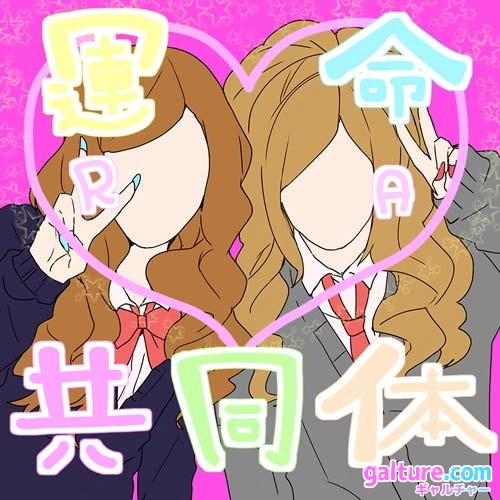
The term "Unmei-Kyoudoutai(community of shared destiny)" refers to the idea of sharing one's fate no matter what happens.
In other words, it implied, "That's how close we are!"
Otoko-isshun dachi-isshou
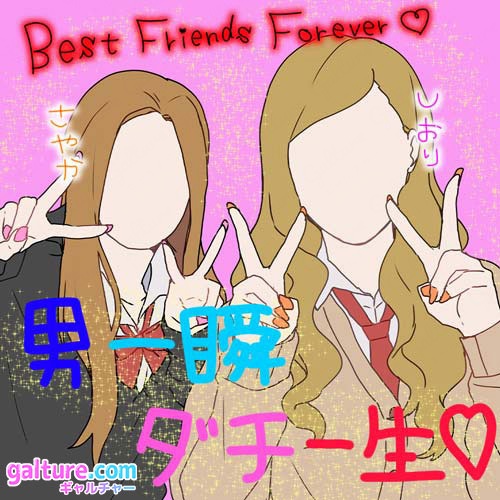
This phrase means "Even if you break up with a boyfriend, your relationship with your friends lasts a lifetime."
It was often used after one experienced heartbreak or a breakup.
It's a phrase that really emphasizes the strength of the bond with friends!
〇〇 Inochi
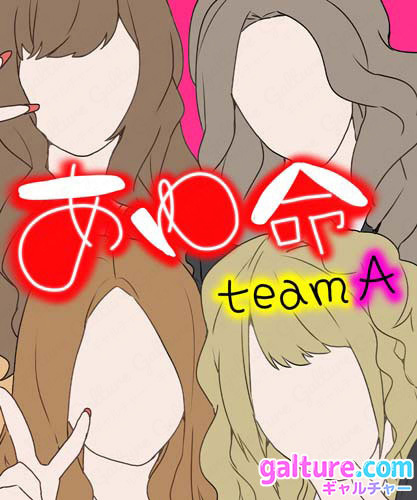
This was often used by adding "Inochi(life)" to the names of favorite celebrities or artists!
Additionally, it could be attached to hobbies or other interests, making it a versatile and widely applicable phrase.
〇〇 Club / 〇 Year 〇 Class
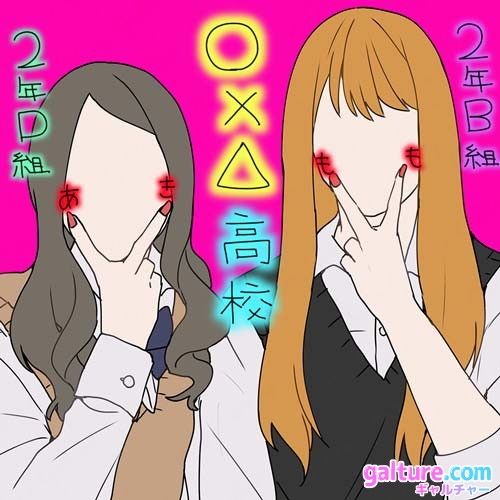
The name of the club, school, class, and full name were often written down.
It may have been an expression of his desire to keep it as a memento.
Looking back as adults, it's frightening how much personal information was freely shared, but at the time, it was considered normal!
The sharing of information could lead to new encounters...♡
The fact that SNS were not as widespread contributed to this, indicating it was a more peaceful era!
LJK
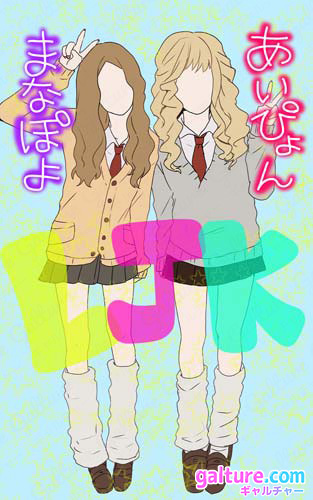
"LJK" was a popular way to refer to high school girls in their last year (third year) by adding the initial "L" for "last" to the commonly used "JK" which stands for "Joshi Kousei(high school girl)"
It's a very rare kind of graffiti that you can only write for (basically) one year!

Gals / GAL
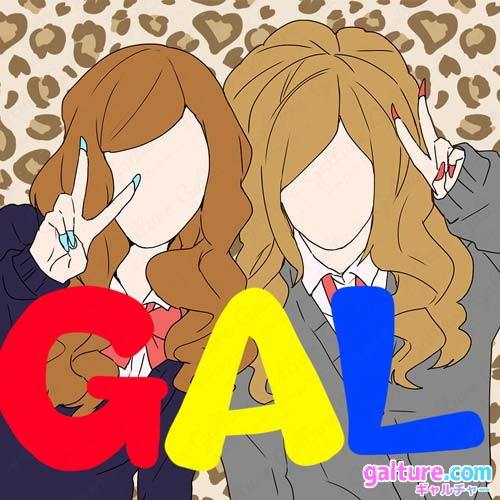
This sudden declaration of being Gals...
Just writing "GAL♡" as graffiti somehow raised spirits and made it feel like you were looking your best.
Age / Age Poyo~
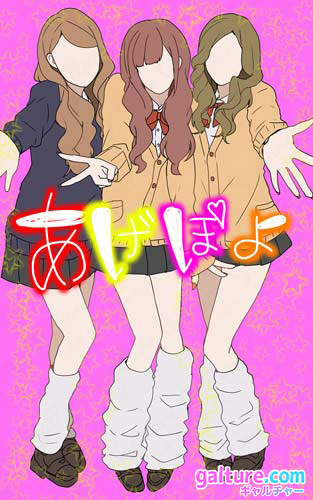
I remember often writing "Age↑" or "Age Poyo~" when gathering with multiple friends.
These phrases express a state of high spirits and were commonly used in photo booth (Purikura) graffiti too!
Matching / Twin Coordination
It was used when people happened to wear matching clothes or when they gathered together in matching fashion.
It was also a commonly used phrase when dressing up in cosplay with friends for Halloween or Christmas.
Colorful Letters
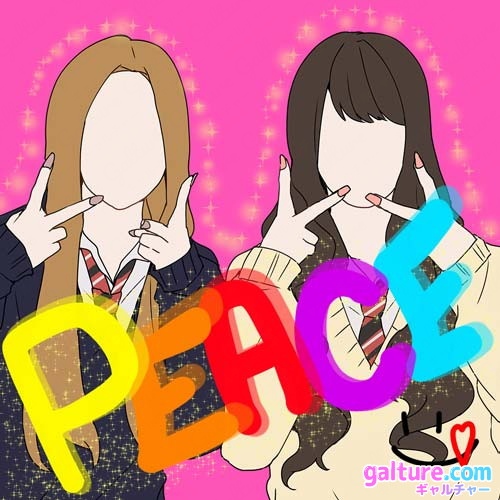
Changing the font color one by one to make it colorful is a technique that was often used to create a gorgeous Purikura.
It was popular when you had unlimited doodling time or when you wanted to do something more elaborate than usual.
Heart Marks.
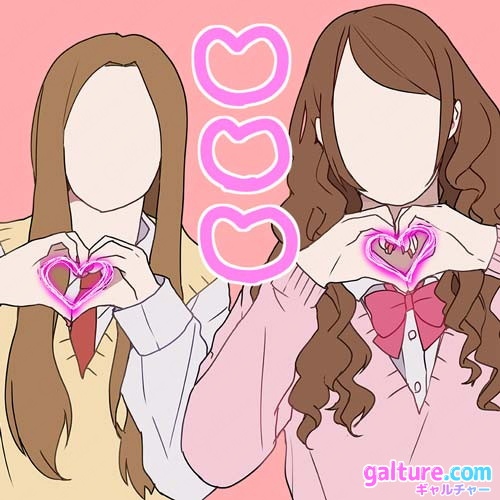
The heart symbol "♡" was also frequently drawn during doodling.
There were various ways to draw it, but many people around the writer preferred to draw slightly squished heart shapes.
When I couldn't think of words to doodle, I just filled in the blank spaces with a bunch of handwritten hearts ♡!
Roller Stamps
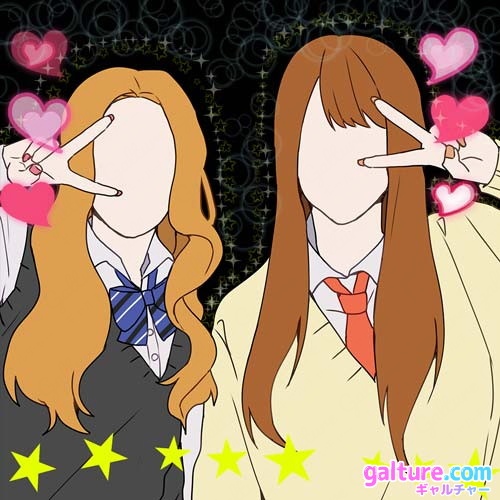
Though not involving words, the use of roller stamps with designs like "sparkles" or "hearts" was a popular technique to further embellish the graffiti by filling in the spaces (background) around the subjects.
Given the time constraints for doodling, as the remaining time started to dwindle, there was a tendency to quickly make any undecorated pictures flashy by applying roller stamps everywhere as a last resort!

"Words that make us feel nostalgic."
Looking back, many of these phrases might make us feel "embarrassed" or "cringeworthy"!
At the time, influenced by dramas like "Gokusen" and "Kisarazu Cat's Eye," there was a trend towards valuing the strength and bonds of friendship, resulting in many phrases designed to showcase the closeness between friends.
The prevalence of school dramas during the 2000s also played a role.
Furthermore, instead of simple graffiti, the trend was to make it flashy, and the sense of style in graffiti was important.
Nowadays, with smartphones being the norm for taking photos, It seems that the number of young people taking photo booths is decreasing.
When taking Purikura now, it seems that the trend is to keep it simple without graffiti.
There may be many words that are difficult for young children today to understand, but I hope they find it amusing and think, "There was a time like this."

